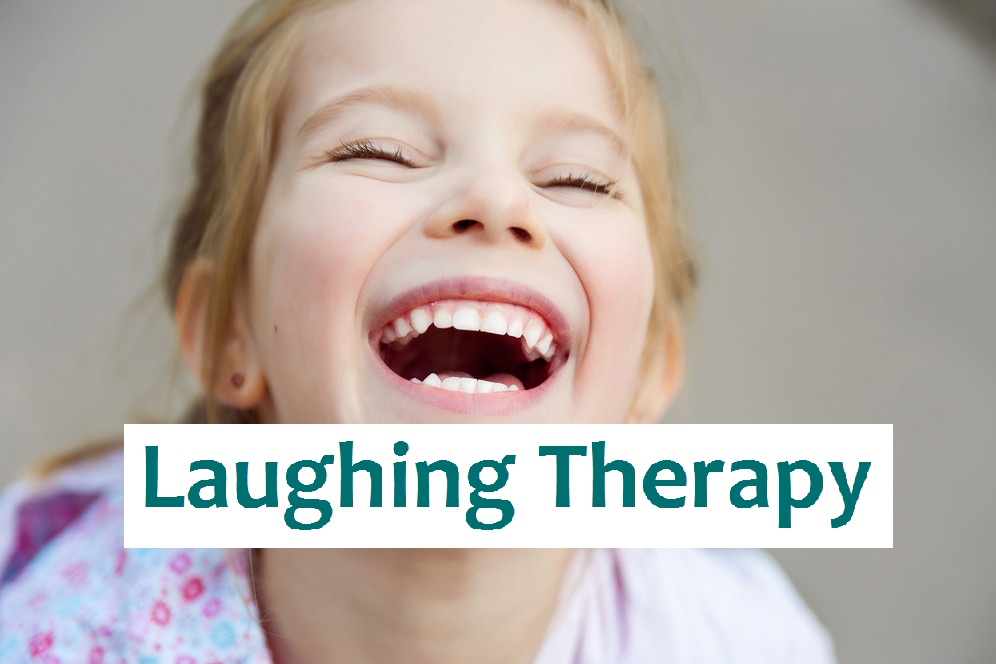Dr. Jakir Hossain Laskar, PhD
Case Study: Homeopathy Conclusion of Autism through BrainMindia Protocol It is achievable
Autism Spectrum Disorder (ASD) is an illness of the brain that impairs a person’s ability to communicate with others in society as well as to carry out activities that are social in nature and become repetitive and stereotypical. This essay describes a Boy 8: 9 whose case of Autsim has shown improvement after 14 months of the BRAINMINDIA protocol treatment.
Profile of the Patient
Age: 8 years and 3 months
Gender: Male
Diagnosis: Autism Spectrum Disorder (ASD)
Before commencing treatment such patients exhibit signs that include but are not limited to:
Social withdrawal which would mean limited social contact and lack of engagement in normal eye movements.
Speech delay which also affected some ability to verbally interact with others.
Stereotypical movements including repetitive movements of the hands such as hand flapping or even flapping the hands together or even excessively turning the appendages over and over again.
Digressing to emotions, other ASD Expressive Behaviour include scalp dysregulation which essentially means outbursts or temper tantrums of inappropriate proportions.
ASD includes in its long list of symptoms, reactive sensitivity to external stimuli. Loud sounds and even textures tend to disturb the individual suffering from the disorder.
BrainMindia Protocol includes remedies with both goals. First to support the growth of the individual and second to cure the major symptoms of autism through trituration, constitutional and therapeutic homeopathic remedies.
Constitutional Medicines
Calcarea Carbonica 1M: The problem of being unable to overcome failure when faced with developmental and emotional obstacles was treated by making the patient slow but lick systematically.
Lac Caninum 30: Gave the children a large degree of sedimentation and was able to change emotions which contained the ability to interact while reducing the strength of the restraints.
Therapeutic Medicines
Cimicifuga Racemosa Q: Aim aimed to enable verbalisation speech so that the speech occurred from the child’s mouth along with alleviating and enabling attention and focus while quietening the repetitive impulsive tendencies.
Trituration
Zinc Cyanatum 3X: Was designed to have the child calm down so he would be able to focus while also stimulating the child’s neurological abilities simultaneously.
Treatment Timeline and Progress
Initial Phase: 0-2 Months
Medications Administered:
Weekly alternation of Calcarea Carbonica 1M and Lac Caninum 30.
Cimicifuga Racemosa Q, administered twice daily.
Zinc Cyanatum 3X, taken twice daily.
Observations:
During the first two months, the patient reported some relief of symptoms.
There were already noticeable decreases in the frequency of meltdowns, as well as a moderate improvement in some aspects of emotional regulation.
The frequency of reliance on verbal cues had increased and there was also some improvement in eye contact.
Some improvement was being noted with some touch insensitivity, particularly with the tolerance to some fabrics.
Intermediate Phase: 2-8 Months
Medications Administered:
The same regimen was continued, but there have been changes in the dosages in some cases because of adjustments due to the feedback provided by the patients.
Observations:
There had been significant improvement early in the 8th month.
The patient showed ability to form small sentences which was good progress in speech.
There was a noticeable decline in frequency and intensity of the reoccurring activities or behaviors.
The ability to interact with others improved as the patient started approaching other members of the family and friends to play with them.
Fewer emotional tantrums were being carried out and the child was also more resistant to routine changes as well.
Final Phase: 8-14 Months
Medications Administered:
There was an attempt to maintain the improvement that had been made by gradual reduction of the dosages.
Observations:
After the lapse of 14 months, desirable changes were much more visible with the patient.
Improvements were seen in the extent of social interaction where the patient was able to not only look into the eyes but play alongside other children cooperatively.
The communication skills were enhanced to the patients’ advantage and they were able to convey their needs and emotions in a more precise manner during therapy.
The tonic-clonic involuntary movements decreased considerably and the patient became less sensitive to external stimuli as well.
Throughout the study, the child’s parents and teachers observed improvement in behavioral coupling, academic interests and emotional control of the child.
Conclusion
In the case presented the Brainmindia protocol was applied to an 8.3 year old male patient with the disorder who has shown marked improvements in symptoms of autism. It was evident that improvement of patient’s condition began after 2 weeks and quite noticeable changes after the eighth month. The treatment was done in fourteen months which was very gratifying for the patient and family. This case suggests that homeopathic methods,specifically of course addressing autism as a whole can also result in a positive change in quality of life and development.


